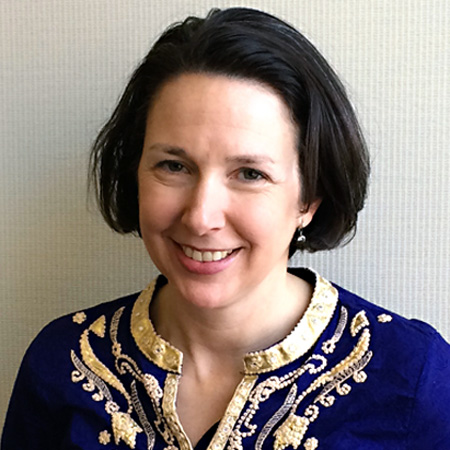San Francisco is flooding with tourists. Actually, not those kinds of tourists.
I'm talking about birds - hundreds of thousands of ducks and geese winging their way down from Alaska and Canada for the winter.
The most common are the Greater and Lesser Scaup, dark ducks with white sides, Bufflehead, with their big white patch on the back of their heads, and Ruddy Ducks, small compact ducks with blue bills. We've also got Western and Clark's Grebes, Wigeon, Pintails, Coots, Cormorants, and Loons. A favorite of mine are the Surf Scoters with their white, red, yellow, and black bills. Sadly, these birds have declined a lot of recent years.
Like most visitors to the Bay Area, the birds are here for weather, nice places to stay, and - most importantly - the food. They're looking for herring, clams, mussels, and invertebrates. These things are the foundation for life in the Bay, and are incredibly sensitive to things like oil spills, development, dredging, and illegal moorings.
The smallest mistake from us in San Francisco Bay can upset a migratory chain that stretches for thousands of miles along what we call the Pacific Flyway.
